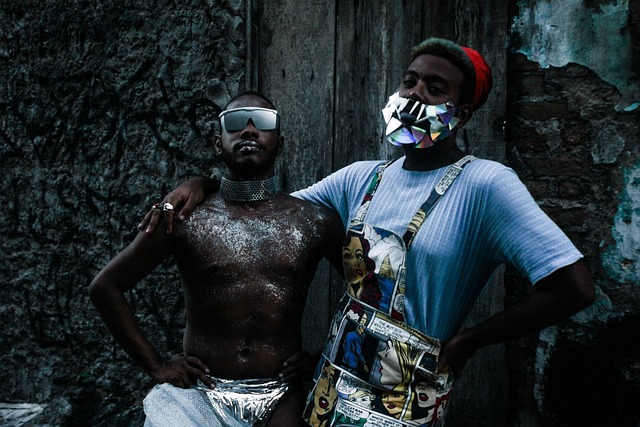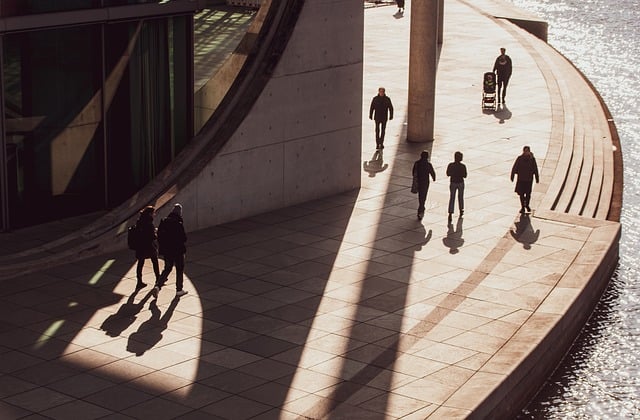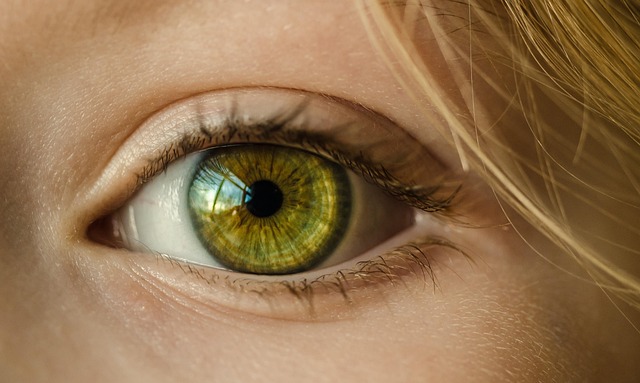The Intersection of Art and Design: Exploring Futurism in Painting
In the vibrant world of painting, the futurism movement stands as a bold testament to the intention of artists and designers to break free from tradition and embrace the rapid changes of the modern era. Emerging in the early 20th century, futurism was not merely an art style; it was a revolution—a clarion call that sought to capture the essence of modern life through dynamic forms, bold colors, and a sense of urgency.
At the heart of futurism lies a passionate celebration of speed, technology, and youth. Artists like Umberto Boccioni and Giacomo Balla employed innovative techniques to convey motion and energy, making their works pulse with a raw, almost electric intensity. Each brushstroke became a vehicle for expressing the chaotic beauty of an industrialized society, where the movement of machinery and the hustle of urban life dominated the rhythm of existence.
Futurism’s impact goes beyond mere aesthetics; it blurs the line between art and design. The fusion of these two disciplines is enchanting, as artists began to see their work not just as isolated pieces hung on walls but as integral components of the evolving visual culture. Designers began to draw inspiration from the bold colors and dynamic forms characteristic of futurist paintings, leading to a new synergy where design influenced everyday objects, buildings, and even fashion.
As we delve deeper into the movement, we realize that futurism was fundamentally about the vision for a new society. It embodied an optimistic view of the future, a hope for progress that was palpable in each energetic composition. This idealism resonated with audiences and has continued to inspire countless generations. Today, we can still feel that rush of innovation every time we encounter modern art—a vivid reminder of how art reflects the zeitgeist of its time.
Moreover, futurism encourages us to reconsider our relationship with technology and the environment. It urges a dialogue about how our creations shape our lives, a theme that remains profoundly relevant today. As we witness another wave of technological advancement, the futurist ethos challenges contemporary artists and designers to think critically and creatively about how to harness these innovations for societal benefit.
In the canvas of futurism, we find the exhilarating merging of art and design—a compelling narrative that reminds us that creativity knows no bounds. As we reflect on this movement, let’s embrace its spirit, allowing it to inspire us to create boldly, think innovatively, and dream futuristically.



